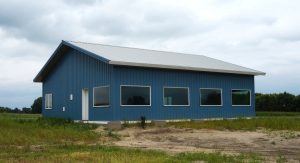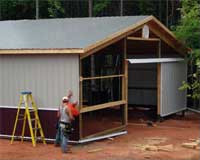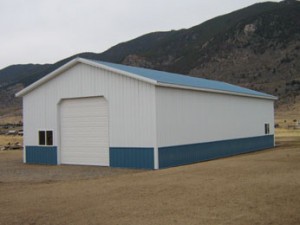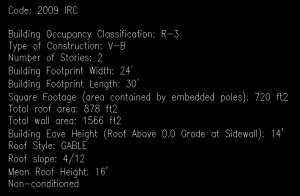The nation is getting hammered by extreme weather beyond what builders imagined, leaving states and cities searching for ways to brace for more catastrophes like Superstorm Sandy.
Even as they prepare for a new normal of intense rain, historic floods and record heat waves, some planners find it too politically sensitive to say aloud the source of their weather worries: climate change.
Wild weather is taking a toll across the country.
In Washington state, “we joked we were having 100-year storms every year,” said Paula Hammond, head of the state’s Department of Transportation.
What is a 50 year occurrence?
 States and cities are trying to come to terms with what the change means to them and how they can prepare for it. Generally most buildings, including pole buildings, are designed for “once in 50 year occurrences”, meaning the design loads of buildings will be exceeded once every 50 years. Now Design Professionals are reconsidering how to do this, or even whether they can, with so much uncertainty.
States and cities are trying to come to terms with what the change means to them and how they can prepare for it. Generally most buildings, including pole buildings, are designed for “once in 50 year occurrences”, meaning the design loads of buildings will be exceeded once every 50 years. Now Design Professionals are reconsidering how to do this, or even whether they can, with so much uncertainty.
No single weather event, even a storm like Sandy, can be ascribed with certainty to climate change, according to scientists. But the increasing severity of extreme events fits with the kind of changing climate conditions which scientists have observed.
In the state of Washington, “we have seen more erratic weather patterns that we haven’t had before, so we really can’t imagine what kind of winter or summer we’re going to have anymore,” Hammond said.
About half the states have taken some steps toward assessing their most critical vulnerabilities, experts said. But few have gone to the next step of making preparations.
Climate change conflict?
Planning for weather extremes is hampered by reluctance among many officials to discuss anything labeled “climate change,” John Horsley, executive director of the American Association of State Highway and Transportation Officials said.
“In the Northeast, you can call it climate change. … That’s an acceptable term in that region of the country,” he said. “Elsewhere, in the South and the (Mountain) West, it’s still not an acceptable term because of ideology or whatever you want to call it.”
How can you safeguard new pole buildings?
There are ways to deal with the possibility of extreme weather on an individual basis. By increasing the design snow and wind loads being applied to a pole building by 15%, means a doubling in the predicted structural lifespan. Oftentimes, the costs to upgrade loading by this amount, or even more, is minimal in relationship to the overall cost of the building project.









